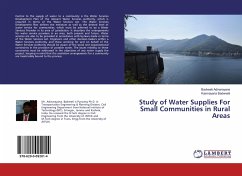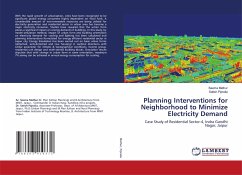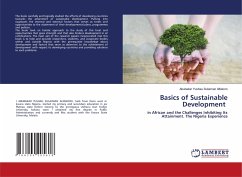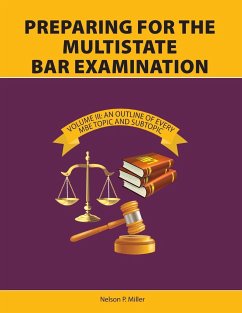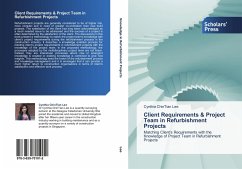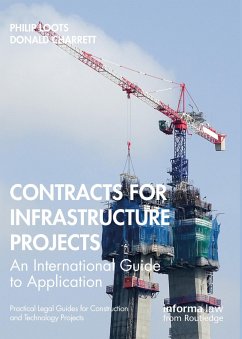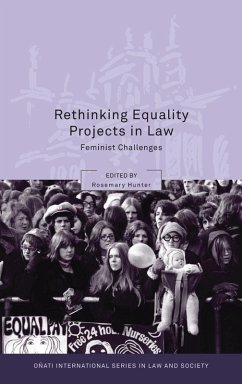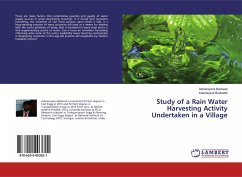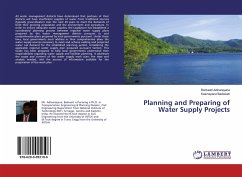
Planning and Preparing of Water Supply Projects
Versandkostenfrei!
Versandfertig in 6-10 Tagen
27,99 €
inkl. MwSt.

PAYBACK Punkte
14 °P sammeln!
All water management districts have determined that portions of their districts will have insufficient supplies of water from traditional sources (typically groundwater) over the next 20 years to meet the demands of both their growing population and the environment and agriculture. In order to ensure adequate water supplies, the Legislature has established a coordinated planning process between regional water supply plans prepared by the water management districts pursuant to and comprehensive plans prepared by local governments pursuant. Under these laws, local governments must address in the...
All water management districts have determined that portions of their districts will have insufficient supplies of water from traditional sources (typically groundwater) over the next 20 years to meet the demands of both their growing population and the environment and agriculture. In order to ensure adequate water supplies, the Legislature has established a coordinated planning process between regional water supply plans prepared by the water management districts pursuant to and comprehensive plans prepared by local governments pursuant. Under these laws, local governments must address in their comprehensive plans the water supply sources necessary to meet and achieve existing and projected water use demand for the established planning period, considering the applicable regional water supply plan prepared pursuant Section. This Guide has been prepared to help local governments understand their responsibilities regarding water supply and facilities planning. It addresses the scope and content of the water supply work plan; the data and analysis needed; and the sources of information available for the preparation of the work plan.



